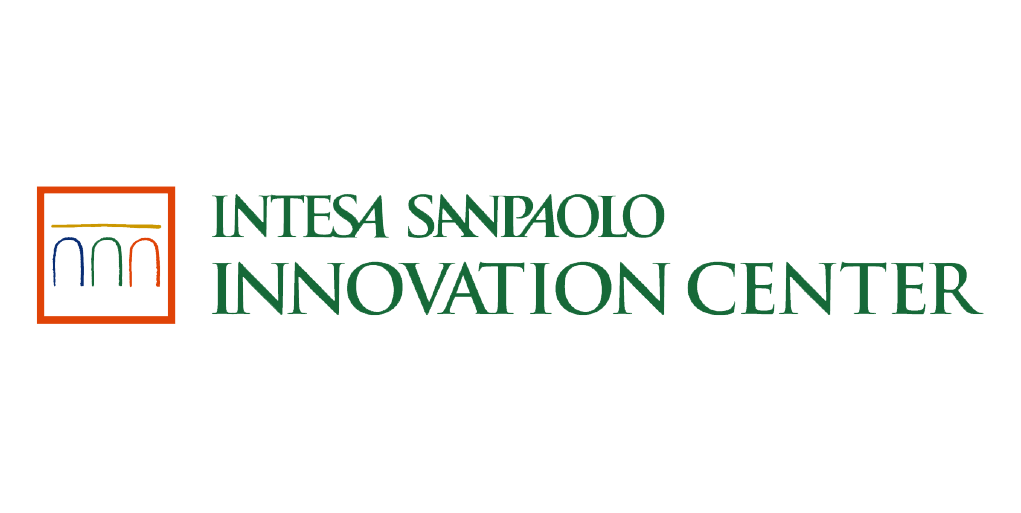Optimizing the management of humanoid robots for socio-emotional well-being
In collaboration with the Robotics Lab of Intesa Sanpaolo Innovation Center and Università Cattolica, Sprint Reply has created an intuitive platform for managing humanoid robotics solutions.
)
The challenge
Offer a platform to easily control robots, facilitating the creation of interaction flows and adapting the system to different contexts of use
SCENARIO
The need for more intuitive robot management
The Intesa Sanpaolo Innovation Center Robotics Lab is dedicated to innovation in social and service robotics, developing advanced solutions to improve the quality of life and face challenges in different sectors. In this area, he has undertaken an ambitious project: to develop a robot farm capable of managing and programming in a simple way an ever increasing number of humanoid robots. The goal was to make these tools accessible even to users without technical skills, so that they could be easily integrated into the various areas of assistance. In this context, the collaboration with the Catholic University is part, to experiment with the interaction between robots and patients suffering from presenile dementia and to evaluate how, through the use of the humanoid robot Pepper, patient care could be improved. However, as part of the initiative, it soon became evident that the availability of an intuitive platform that would allow easy personalization of interactions, would have made it easier to configure the robot to the specific needs of patients, even by healthcare personnel.
)
The solution
A smart platform to simplify robot management and programming
Sprint Reply has developed an intuitive platform to simplify the management and programming of humanoid robotics, with the help of the Pepper robot.
The platform, accessible directly from the browser, allows you to create interaction flows in a simple way. Users can select predefined actions — such as making the robot speak, showing images, starting videos, or responding to voice commands — and drag them to a central workspace. Here they can connect them together to build logical sequences, defining the behavior of the robot in a few steps without the need to write code. This solution was developed as part of the Tom&Pepper Lab project, designed to support experimentation on patients with presenile dementia. The platform allows healthcare professionals to easily configure Pepper's interactions, selecting and combining different actions to create personalized scenarios.
Intesa Sanpaolo Innovation Center is the Intesa Sanpaolo Group company dedicated to frontier innovation—a key competitive factor that helps guide technological solutions, processes, and business models to address major economic, environmental, and social challenges, in line with the United Nations’ Sustainable Development Goals (SDGs). The Innovation Center explores future scenarios and trends to identify key topics with high transformative potential over the long term (megatrends) and short to medium term (macrotrends), which serve as a foundation for its initiatives and project development. Thanks to this expertise, it is able to develop multidisciplinary applied research projects in fields such as Neuroscience, Artificial Intelligence, and Robotics, both for the Group and for external clients. In the areas of innovative entrepreneurship, corporate growth, and the matching of innovation supply and demand, the Innovation Center supports startups through evaluation, acceleration, and funding programs. It also drives business transformation for companies according to Open Innovation and Circular Economy principles, acting as the Group’s center of excellence in these domains. Furthermore, the Innovation Center facilitates relationships with other stakeholders—including companies, startups, incubators, research centers, universities, and national and international institutions—to promote and grow innovation ecosystems. This collaborative approach generates value at the local level and fosters business development and employment. The Innovation Center's commitment to innovation also extends to Venture Capital through its subsidiary Neva SGR, which designs and manages dedicated funds, identifying the most promising high-tech startups on the market. As a cross-cutting and educational activity, Intesa Sanpaolo Innovation Center promotes a culture of innovation, enhancing the Group’s identity as a driving force behind a new economy.

)

